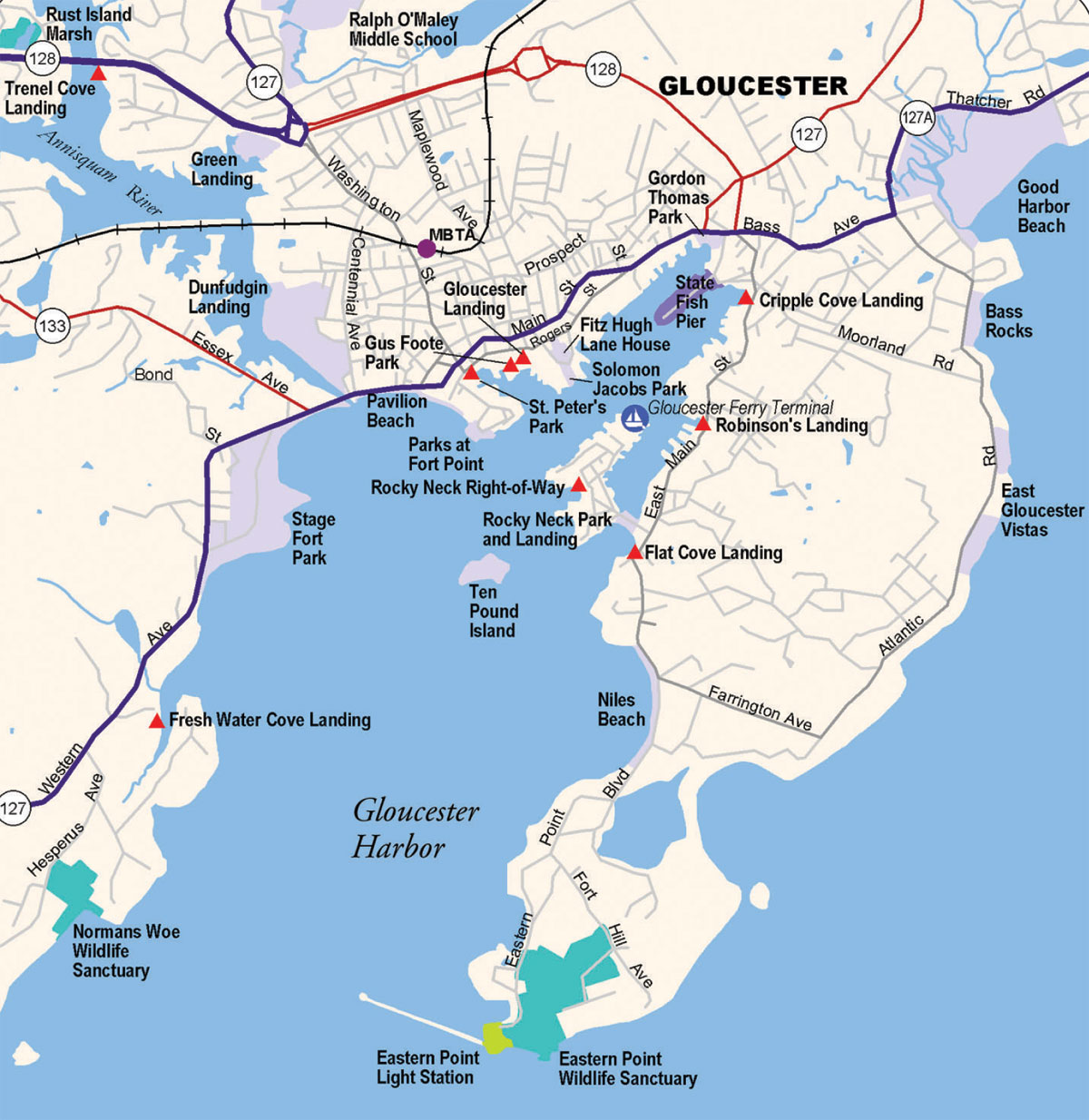| A map of the Carthaginian Empire. Carthage is located in the purple section closest to Sicily. |
1) I believe what the author means by the construction of "Historical Narratives" is the reference to literature that refers to different periods in Roman history. The historical narrative in this case refers to the Roman invasion of England, specifically a town called Gloucester, where a fortress was later set up.
 |
| Gloucester Roman Map |
 |
| Modern Day Gloucester Map |
Tacitus was a Roman senator and historian of the Roman Empire. The surviving portions of two of his major works, Annals and the Histories, speak of the reign of Roman emperor Claudius, Tiberius and Nero. In Annals he speaks of the campaigns of the second governor of Roman Britain, Ostorius Scapula, chasing after the rebel British leader.
Case Study 2: Religion in Roman North Africa
The area being discussed in this particular passage is Carthage, a North African city located in modern-day Tunisia.
Some of the gods discussed in this passage include:
Saturn: The Roman god of wealth and agriculture. Carthaginians may have referred to a similar god by the name of Ba'al.
Tanit: A Carthaginian god usually equated to Caelestis, the Roman god of the sun who often was capable of taking a thousand forms.
Venus: Roman god of Love.
Two of the ancient authors who are discussed in the textbook are Apuleius and Quodvultdeus. They are said to have discussed the history and the evolution of the deities and their temples in Carthage. One reference made on page 82 by Quodvultdeus suggests that Caelestis may have been a more relevant and idolized god than Tanit, though Tanit was the principla god of Carthage.
No comments:
Post a Comment